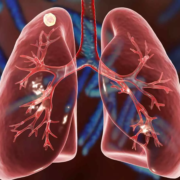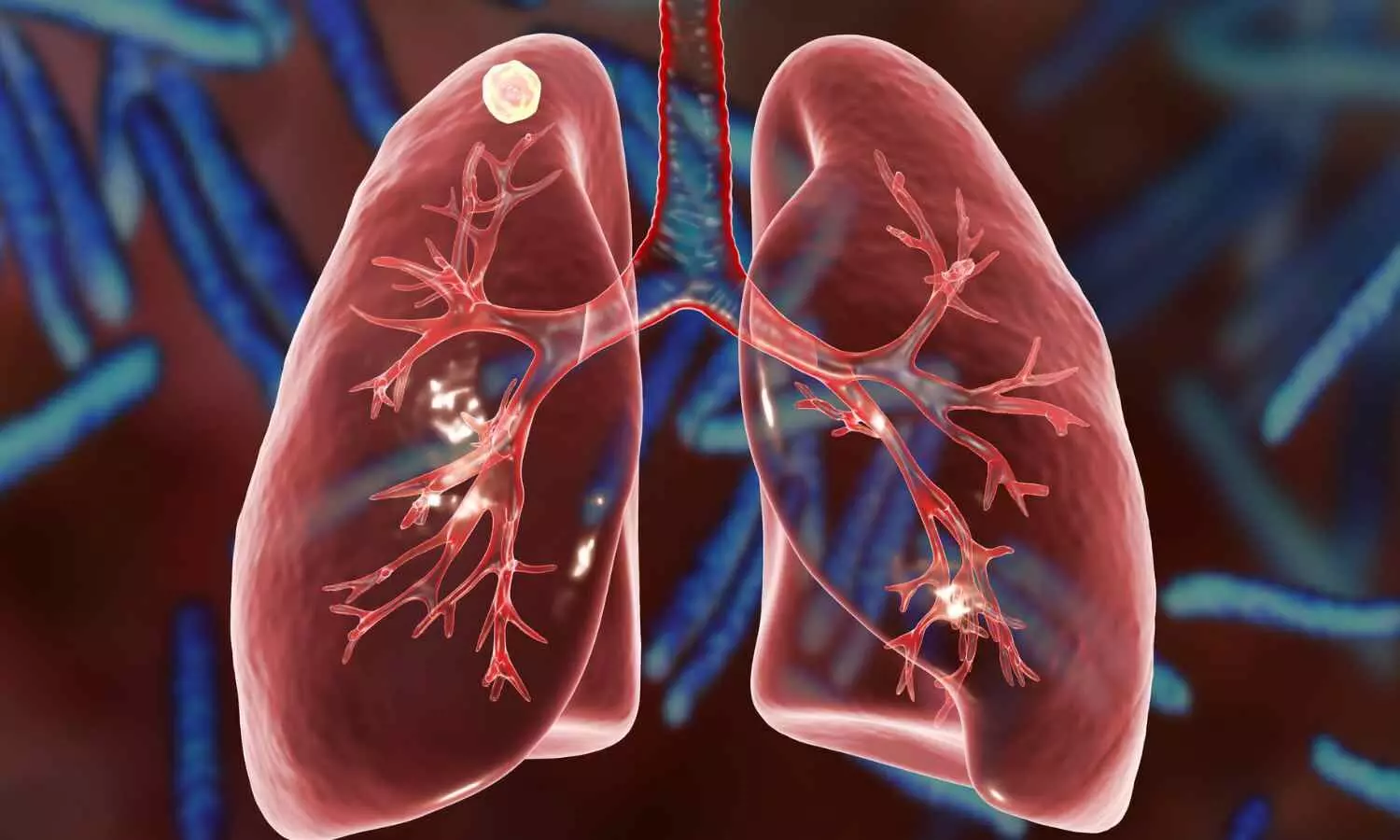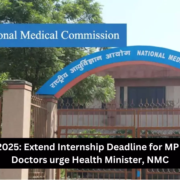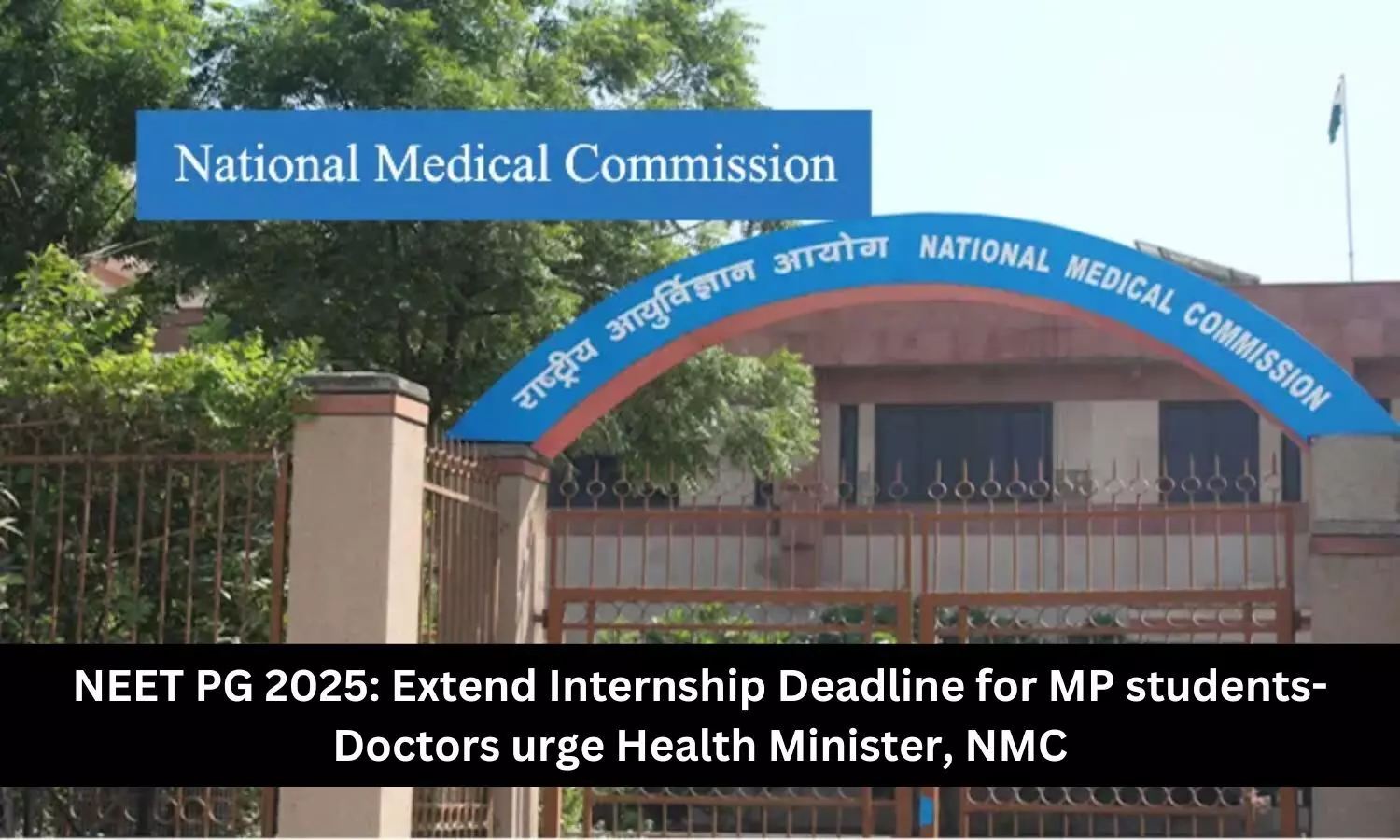Weight-Loss Surgery Linked to Psoriasis Remission in Over 97 Percent of Patients: Systematic Review Suggests
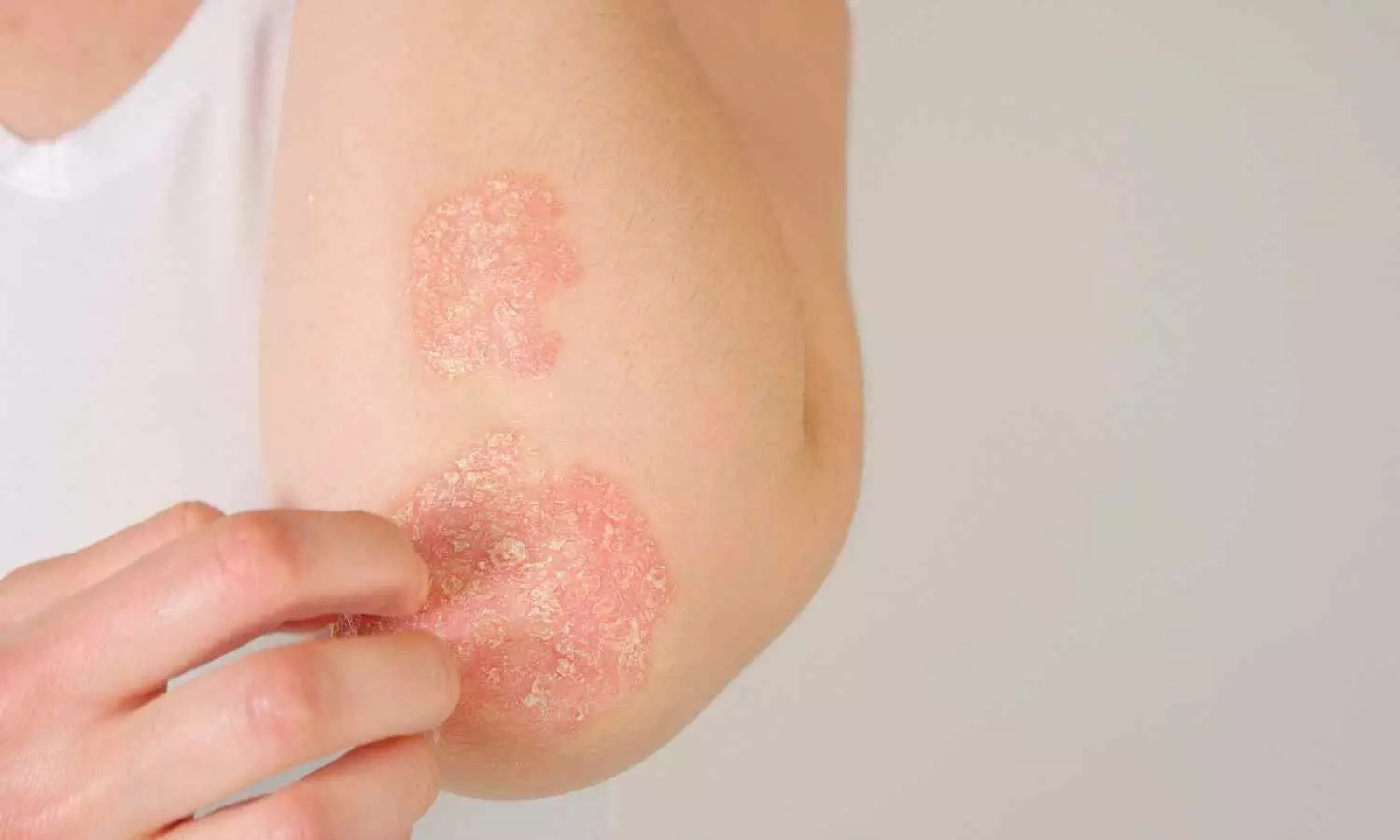
Canada: A new systematic review suggests that metabolic and bariatric surgery (MBS) may significantly improve or even resolve psoriasis symptoms in most individuals struggling with both conditions. The study, conducted by Miranda K. Branyiczky and colleagues from the Michael G. DeGroote School of Medicine, McMaster University, Hamilton, Canada, was published in the Journal of the American Academy of Dermatology.
Psoriasis, a chronic inflammatory skin disorder, is often exacerbated by obesity. Excess body weight not only contributes to higher disease severity but also reduces the effectiveness of various treatment options. Recognizing the growing use of MBS as a long-term weight loss solution, researchers sought to examine whether surgical intervention could also positively influence psoriasis outcomes.
To evaluate this, the authors systematically reviewed 14 studies involving a total of 169 patients (mean age 46.8 years), 74% of whom were women. The majority underwent gastric bypass surgery (75.1%), with others receiving sleeve gastrectomy (17.8%), gastric banding (5.3%), or jejunoileal bypass (0.6%).
Before surgery, 76.3% of patients presented with moderate psoriasis, 8.2% with severe disease, and 15.6% with mild symptoms, assessed using standard clinical tools, like the Psoriasis Area and Severity Index (PASI) and percentage of body surface area affected. Treatment regimens included topical agents (46.2%), non-biologic systemic medications (35.5%), and biologics (16.6%).
The key findings include the following:
- Patients experienced a notable drop in average BMI from 43.7 before surgery to 32.9 after surgery.
- Weight loss ranged between 8 and 25 BMI units over follow-up periods of four months to nine years.
- 97.2% of patients showed either substantial improvement or complete remission of psoriasis symptoms after surgery.
- Only 2.4% of patients reported worsening of their psoriasis condition post-surgery.
- 78.1% of patients continued psoriasis treatment after surgery.
- Many patients were able to shift to less intensive therapies, such as moving from systemic to topical treatments or needing no medication at all.
The findings provide compelling evidence supporting the role of weight loss surgery not just in improving metabolic health but also in managing inflammatory skin conditions like psoriasis. However, the authors caution that more robust data from controlled clinical trials are needed to confirm these results and understand the long-term impact of MBS on psoriasis.
“Metabolic and bariatric surgery appears to hold promise as a supplementary approach for improving psoriasis outcomes in patients with obesity,” the researchers noted. “Further investigation is warranted to determine its full therapeutic potential.”
“As psoriasis and obesity continue to impose a dual burden on patients’ physical and psychological well-being, this emerging evidence emphasizes the importance of interdisciplinary strategies that address both conditions simultaneously,” they concluded.
Reference:
Branyiczky, M. K., Lowe, M., & Vender, R. (2025). The association between bariatric surgery and improvement in psoriasis: A systematic review. Journal of the American Academy of Dermatology. https://doi.org/10.1016/j.jaad.2025.05.1412
Powered by WPeMatico






